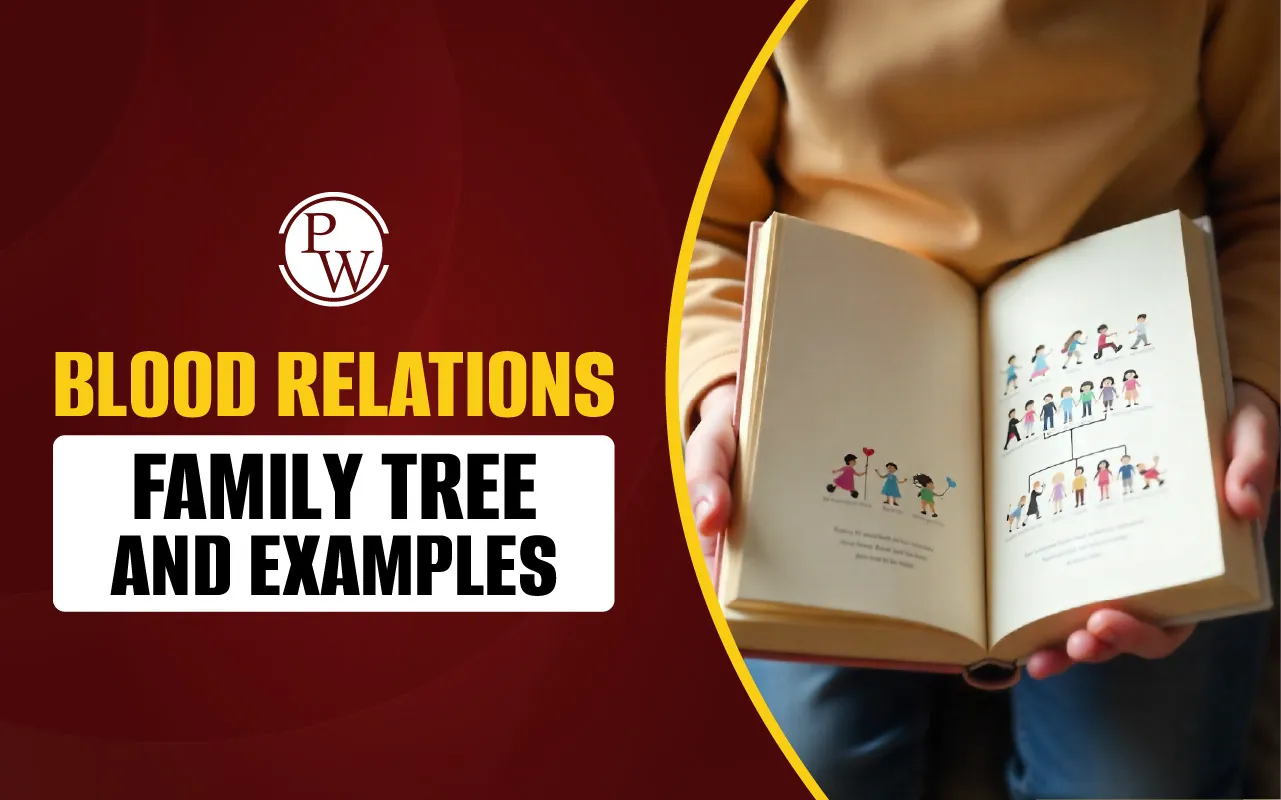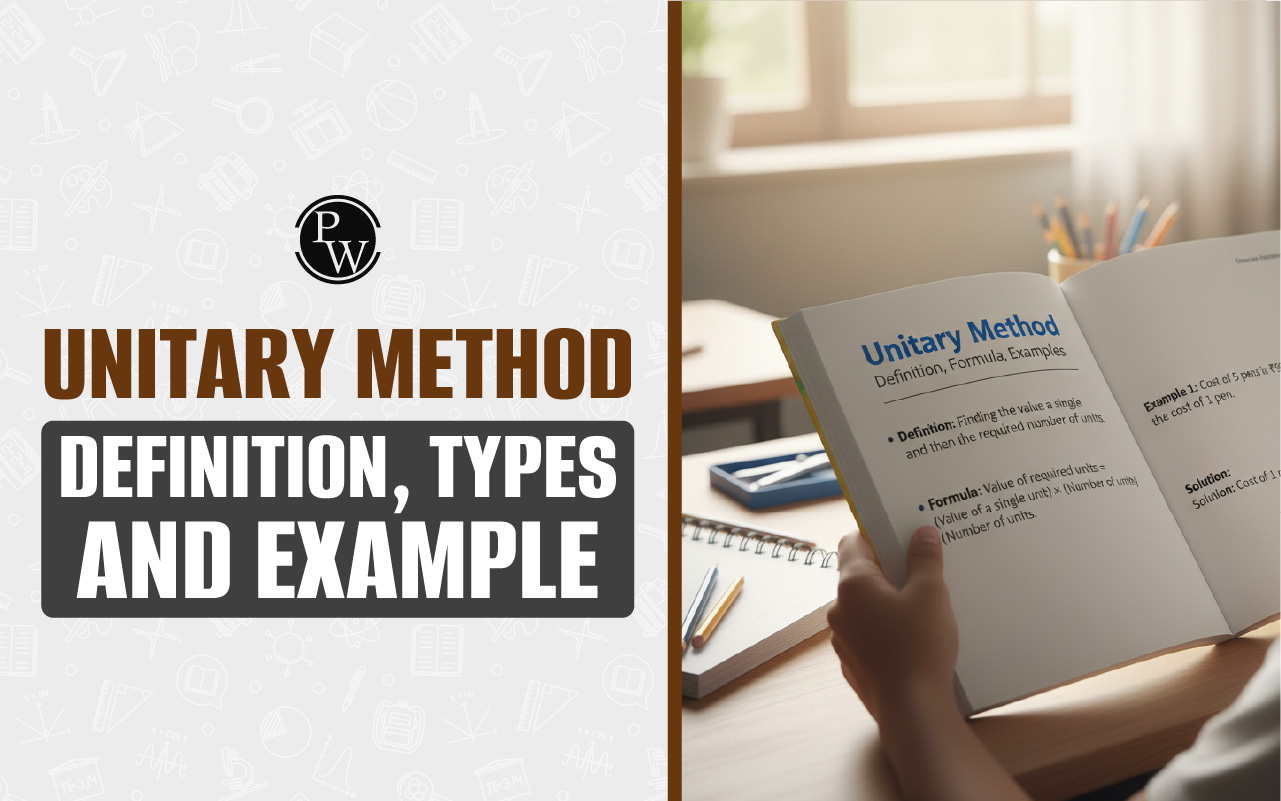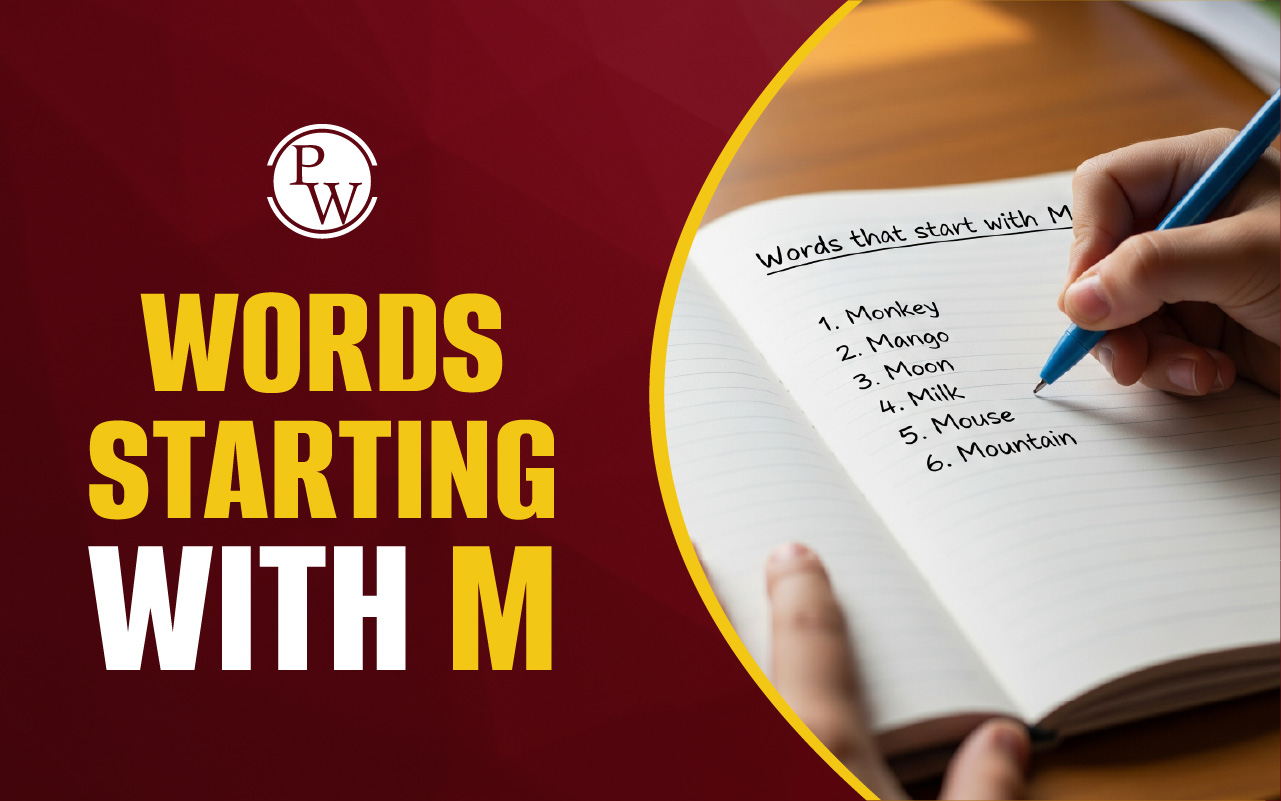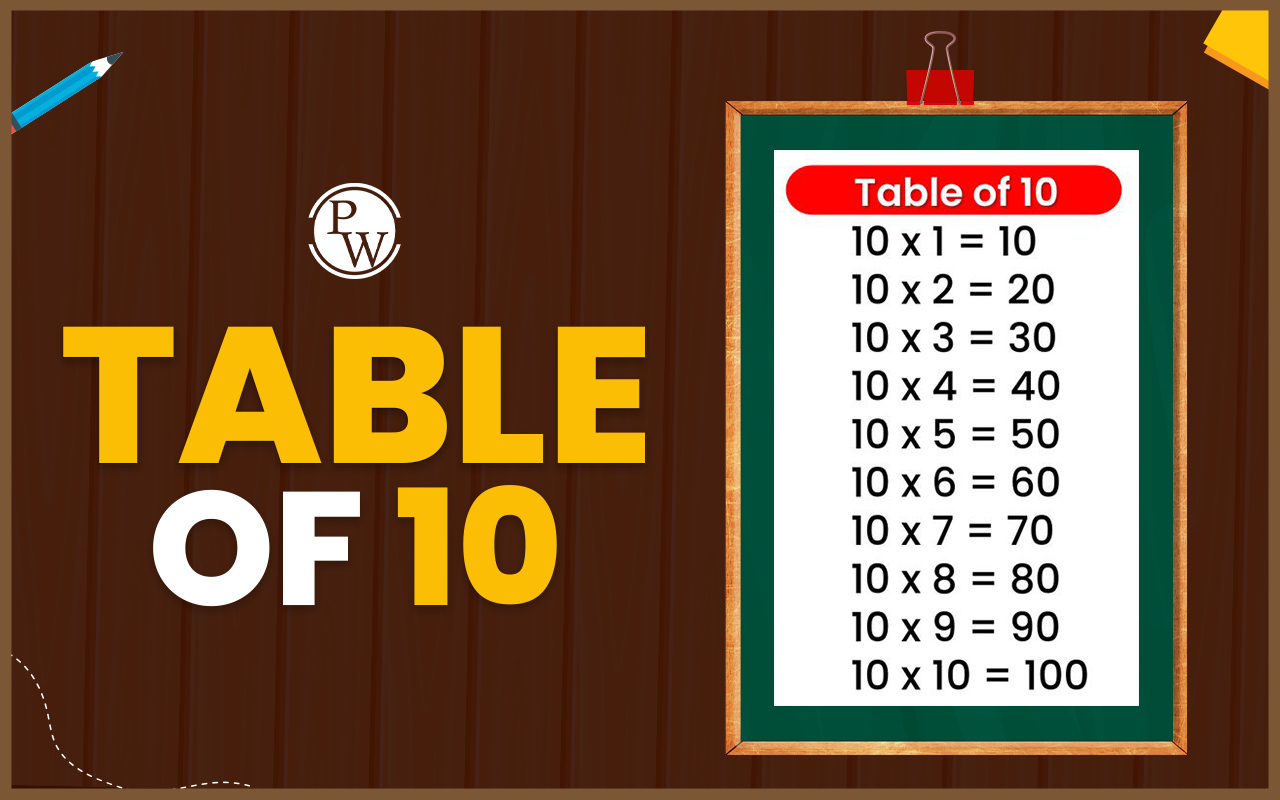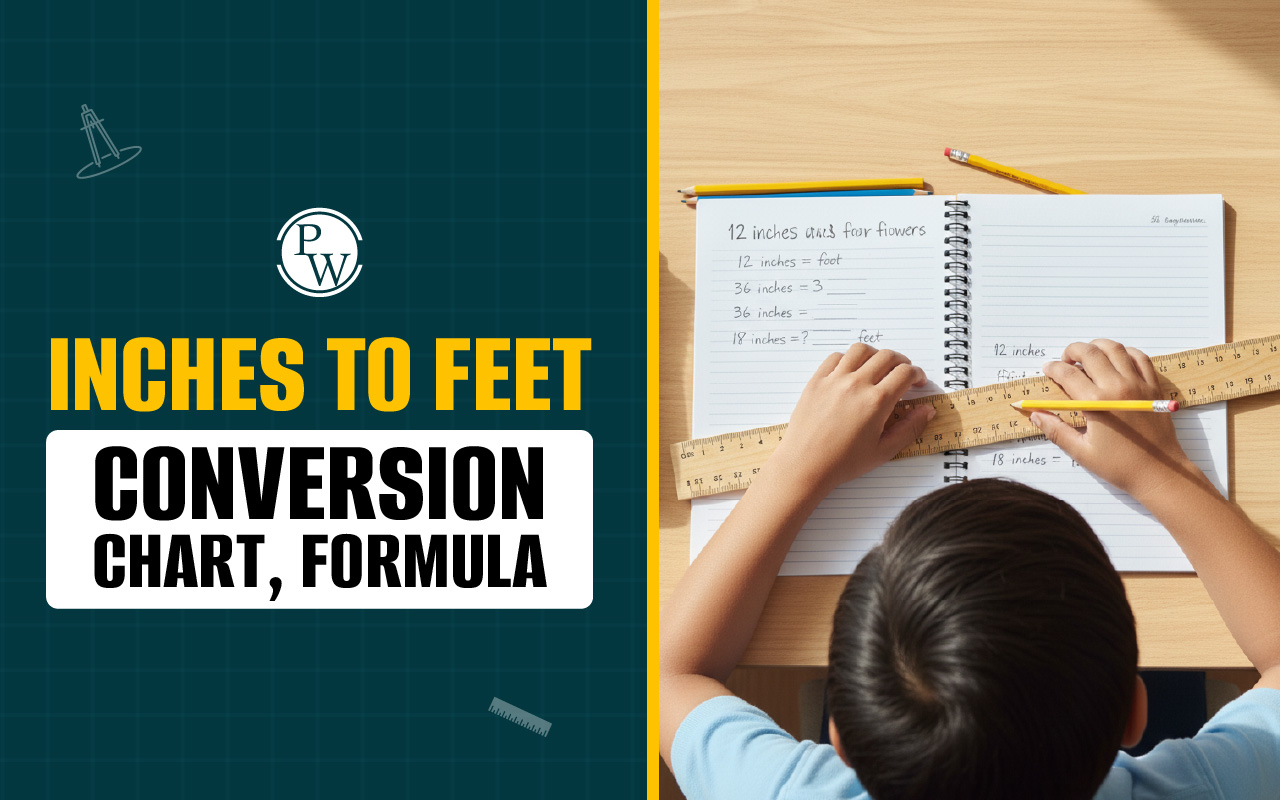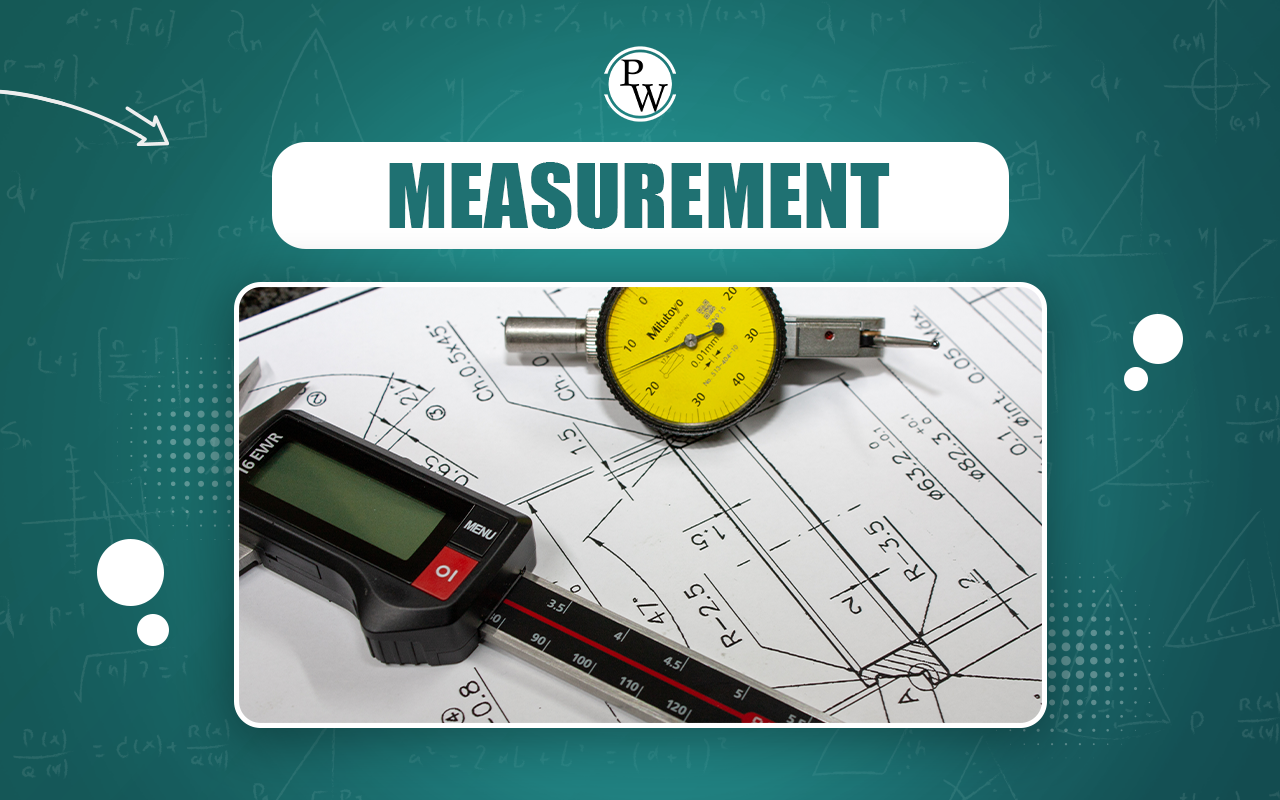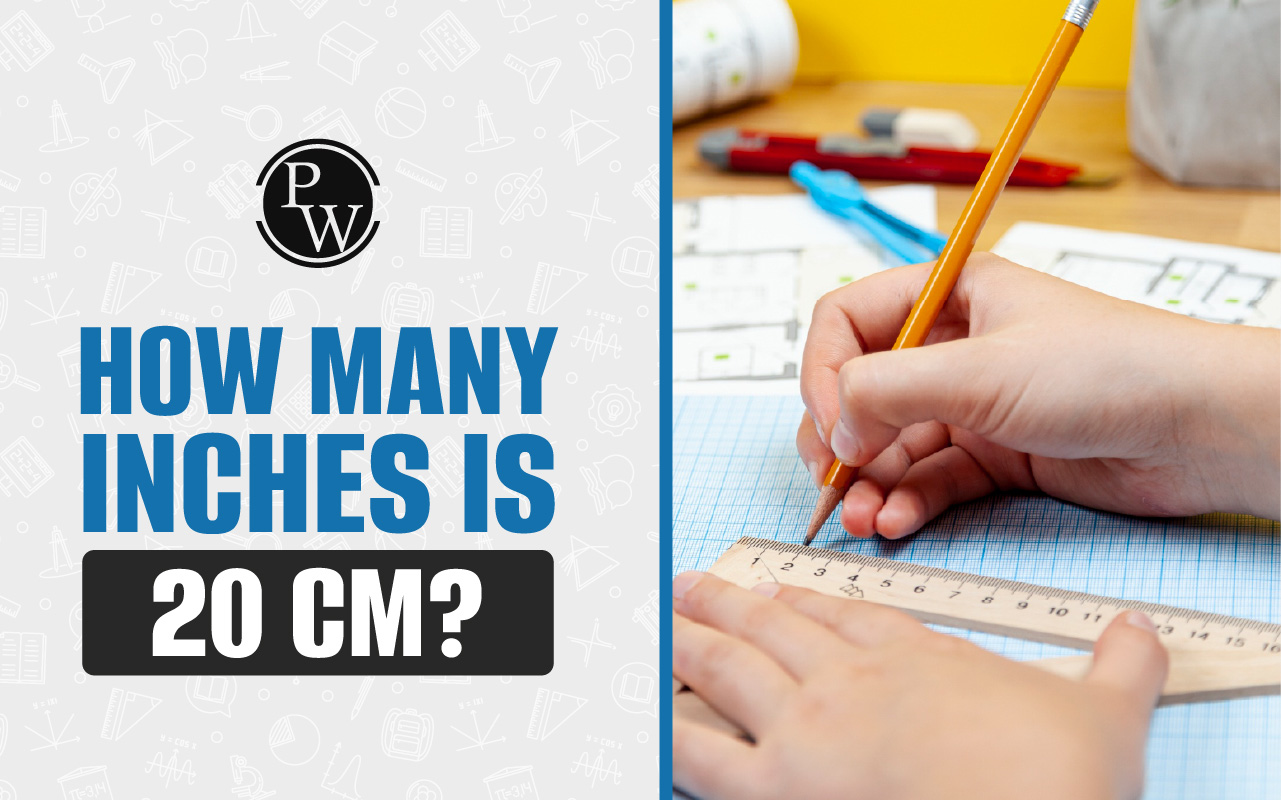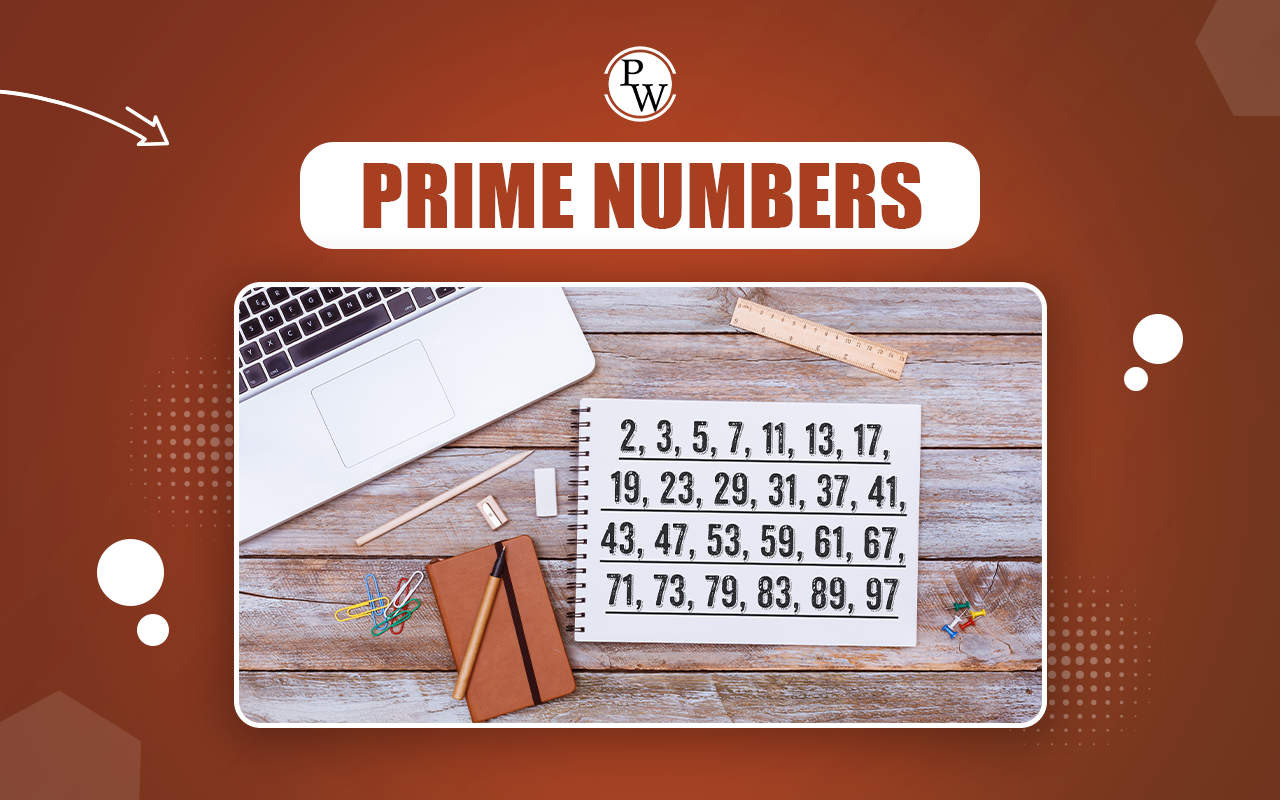
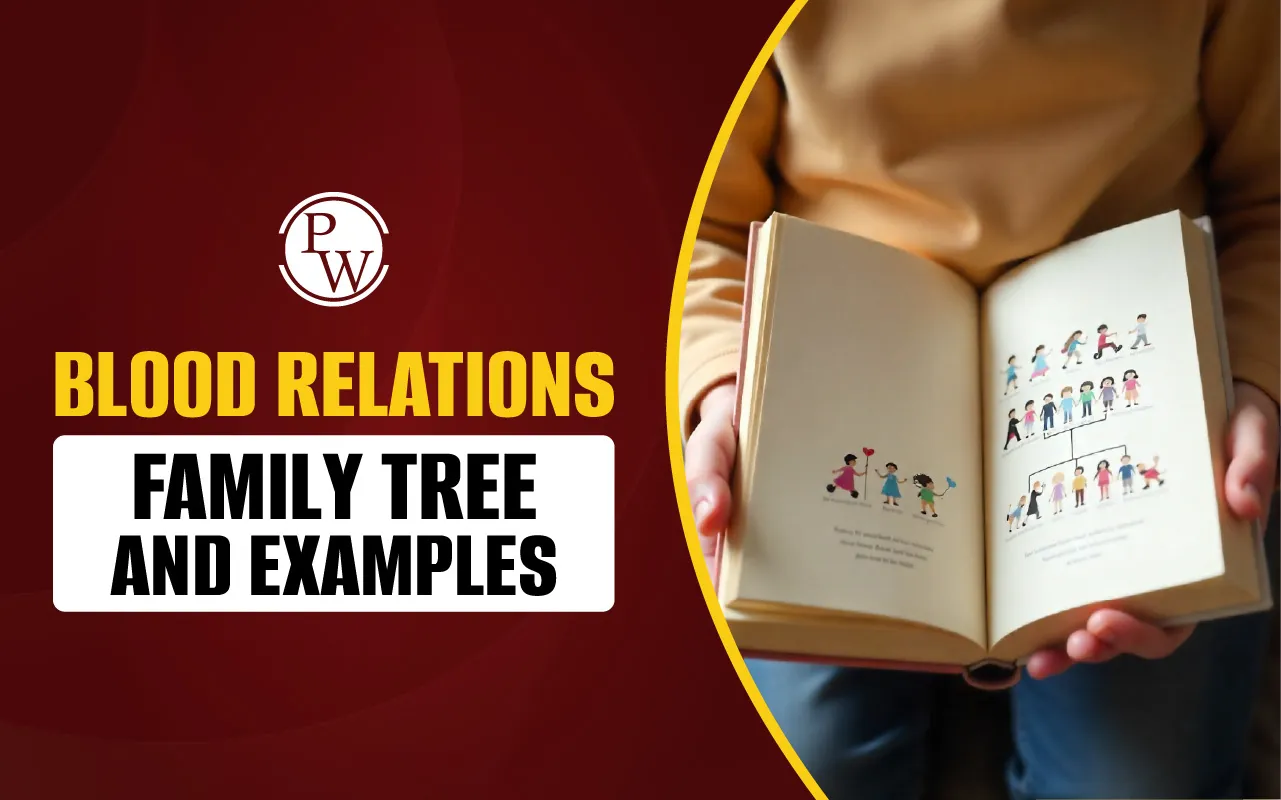
Understanding blood relations is an essential skill in real-life scenarios. It also helps answer the logical reasoning questions in competitive exams.
If you want your child to be proficient in solving blood relation questions in an aptitude test or simply try to make them aware of their family roots, let them know how different family members are connected by blood relations through simple examples and exercises.
Here, we will explain what blood relations and family trees are, and let you go through some examples that make the concept easy to understand.
Read more: How to Calculate Leap Year?
What is Blood Relation?
Blood relations refer to the relationships between individuals either connected by birth or through marriage. These relations can be direct like parents and children, or can be indirect, like uncles, aunts, cousins, etc. In reasoning and aptitude exams, blood relation questions test the ability of students to understand and interpret relationships from the given clues.
Importance of Understanding Blood Relations
A clear understanding of blood relations can benefit your child and many such young learners in the following way:
-
Helps in Competitive Exams: The concept becomes useful while answering logical reasoning questions on blood relations in school Olympiads.
-
Improves Logical Thinking: Understanding blood relations enhances logical thinking and the ability of your child to connect and interpret relations accurately.
-
Real-Life Application: Blood relation concept helps your kids to understand their family structure.
What is a Family Tree?
Just like a tree that grows from the roots and spreads branches, a family tree represents the relationships among family members across generations through a tree-like diagram. It gives a visual reference to how different family members are connected to each other.
The oldest generation is placed at the top, and each subsequent generation is placed below in a hierarchical order. A family tree shows relationships clearly and helps to understand complex family connections at a glance.
Basic Symbols in a Family Tree
When representing blood relations in a family tree, the relationships are denoted by symbols as follows:
-
Square: Represents a male member
-
Circle: Represents a female member
-
Horizontal line: Shows marital relation
-
Vertical line: Represents the child of the couple
Read More: Sequences and Series
Blood Relations Terms
Different names or terms are used to represent different relations. Understanding these different types of relationships will help you identify the connections between individuals.
-
Parents: Father (F), Mother (M)
-
Siblings: Brother (B), Sister (S)
-
Grandparents: Grandfather (GF), Grandmother (GM)
-
Spouse: Husband (H), Wife (W)
-
Children: Son (S), Daughter (D)
-
Aunt: Father’s sister, mother’s sister, father’s brother’s wife, or mother’s brother’s wife.
-
Uncle: Father’s brother, Mother’s brother, Father's sister’s husband, mother’s sister’s husband.
-
Niece: Brother’s and sister’s daughter.
-
Nephew: Brother’s and sister’s son.
-
Cousin: Children of aunt and uncle.
-
Father-in-law: Father of the spouse.
-
Mother-in-law: Mother of Spouse.
-
Sister-in-law: Sister of the spouse, wife of brother
-
Brother-in-law: Brother of the spouse, husband of the sister
Maternal relations refer to the relationships through the mother’s side.
For example, maternal uncle = mother’s brother
Paternal relations refer to the relationships through the father’s side. For example, paternal aunt = father’s sister
Read More: Is 47 a Prime Number?
Blood Relation Examples with Explanations
Blood relation questions may appear tricky, but with a systematic approach, they can be solved easily. Let’s go through some typical blood relation examples with explanations that can help your children understand the concept clearly.
Example 1:
Puja is the sister of Vikas. Puja’s daughter is Arushi.
Question: How is Vikas related to Arushi?
Solution:
-
Puja is Arushi’s mother.
-
Vikas is Puja’s brother.
So, Vikas is Arushi’s maternal uncle.
Answer: Maternal Uncle
Example 2:
Amit is the father of Raj. Priya is the sister of Raj.
Question: How is Priya related to Amit?
Solution:
-
Amit is Raj’s father.
-
Priya and Raj are siblings.
So, Priya is Amit’s daughter.
Answer: Daughter
Example 3:
Reena is the daughter of Gopal’s father’s sister.
Question: How is Reena related to Gopal?
Solution:
-
Gopal’s father’s sister = Gopal’s paternal aunt
-
Reena is the daughter of Gopal’s paternal aunt
So, Reena and Gopal are cousins.
Answer: Cousin
Example 4:
A is the son of B’s sister. C is B’s father.
Question: How is A related to C?
Solution:
-
A is the son of B’s sister - A is B’s nephew
-
C is B’s father – C is A’s grandfather – A is C’s grandson
Answer: Grandson
Example 5:
Sanjay’s wife is the sister of Varun’s mother.
Question: How is Sanjay related to Varun?
Solution:
-
Sister of Varun’s mother = Varun’s maternal aunt
-
Sanjay’s wife is Varun’s maternal aunt - Sanjay is Varun’s maternal uncle
Answer: Maternal uncle
Tips to Solve Blood Relation Questions Quickly
Students often get confused by the given statements describing the multiple relationships. The following tips will help your child analyse the clues systematically and find the answers:
-
Break the Statement Step-by-Step: Break the given statement into smaller parts and read them separately to establish relationships gradually.
-
Draw a Family Tree: Make a simple diagram showing the relationships that bring clarity and avoid confusion.
-
Identify Gender Clearly: If the statement does not specify gender, keep both possibilities in mind.
-
Look for Keywords: Look for important clues like son of, daughter of, husband of, and sister of and establish relationships.
Understanding what is blood relations and what is family tree is not just about answering questions in exams; it enhances the logical reasoning abilities in your child and also helps them recognise the connection with family members.
Also read: Basic Maths symbols
Enhance Your Child's Math Skills with CuriousJr's Mental Math Classes
Many parents notice their child struggling with mathematical questions and making calculation errors. CuriousJr’s Mental Math Course helps students from Classes 1 to 8 overcome these challenges while developing confidence in their abilities.
Through interactive live sessions, we guide students step-by-step, strengthening their analytical and thinking skills in a way that keeps them engaged. As part of the course, your child will benefit from:
-
Daily live classes covering topics like pattern recognition, coding-decoding, blood relations, and more for easier problem-solving.
-
Engaging explanations using diagrams, puzzles, and interactive activities to make complex topics simpler.
-
Consistent practice that boosts calculation speed, accuracy, and logical reasoning skills.
-
Regular performance evaluations with personalized feedback to support improvement.
With continuous support and clear guidance, your child will approach math problems with greater clarity and confidence. Book a demo class today and watch them develop a genuine love for math while improving academic performance.
Blood Relations FAQs
How can kids understand the indirect blood relations easily?
How can parents help children understand blood relations?
How does practicing blood relation questions improve reasoning abilities?
What does each branch of a family tree signify?

